A maritime prize, a center of biodiversity, a patchwork of languages, histories, and cultures – this British Overseas Territory on the southeast coast of Spain is many things, and you won’t find anything like it anywhere else.
Shares
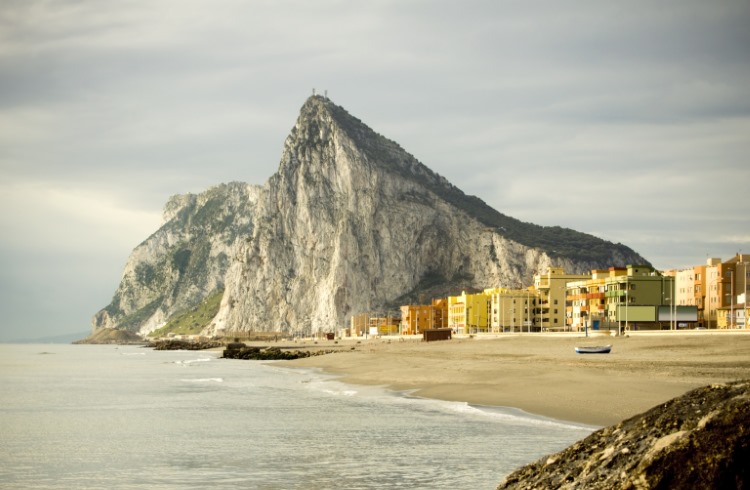 Photo © Getty Images / swilnor
Photo © Getty Images / swilnor
The name Gibraltar resonates with many Brits, whether they’ve been there or not. A craggy eminence of Jurassic limestone at the foot of the Iberian Peninsula, which it’s linked to by a narrow isthmus, the Rock of Gibraltar keeps watch over the Mediterranean, the Atlantic, and North Africa with the same careful glint it always has.
The last time I visited, I’d traveled from Seville to visit a friend, a Gulf War veteran who had just got a resident’s permit. A keen military historian to boot, he was my ideal guide to the British Overseas Territory, a place of such historical and strategic importance it’s a wonder it doesn’t sink beneath the weight of it.
Once described by the writer Laurie Lee as “a piece of Portsmouth sliced off and towed 500 miles south”, Gibraltar does carry an air of the English Riviera about it. But despite all the memorials to British naval hero Vice-Admiral Horatio Nelson (Gibraltar was a key base for the Royal Navy in the lead-up to the Battle of Trafalgar), the mood on the rock isn’t in the least bit embattled. And the common depiction of this tiny peninsula as a sort of sunny Britain is a slur on what it’s really got going for it.
What makes the Rock special are the things you can’t get – and have never been able to get – anywhere else.
- The history of Gibraltar
- Gibraltar walks, views, and nature
- Caves and military defenses
- Botanic gardens, beaches, and scuba diving
- Trip notes
The history of Gibraltar
Gibraltar has been British longer than the United States has been American, but as one of the great maritime prizes, it has been almost constantly fought over since the days of its first permanent settlement, by the Almohad Caliphate, in the 12th century. Under British control, it endured 15 sieges, the most famous of which began in 1779, lasted more than three years and all but razed the town to the ground, destroying four centuries of Moorish and Spanish architecture. To withstand that onslaught from French and Spanish troops, the British dug out the Great Siege Tunnels with sledgehammers, crowbars and the occasional blast of gunpowder – you must see them for yourself.
The Old Town as it is today was largely rebuilt at the turn of the 18th century, in a unique style that drew on influences old and new to reflect the multicultural community that was already calling it home: stucco relief, Genoese shutters, English ironwork, Spanish stained glass, Georgian-era sash and casement windows, a vernacular architecture entirely distinct from the white-painted houses of the neighboring Cádiz province in Spain.
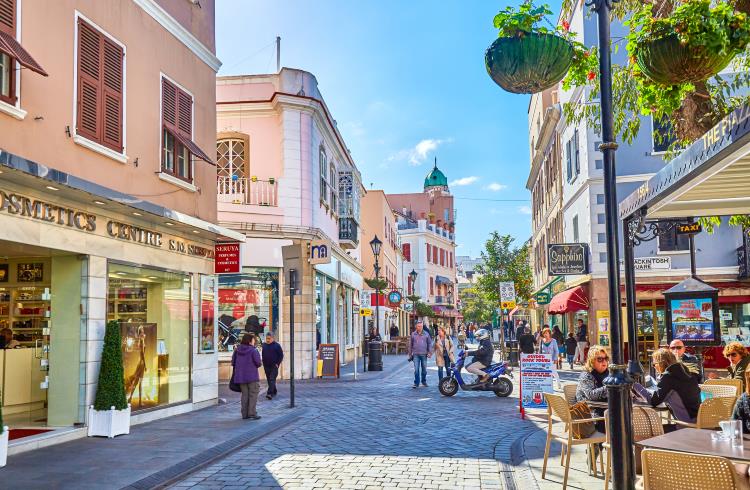
English is the official language of Gibraltar, but Gibraltarians often converse in Llanito, which is based on Andalusian Spanish but heavily laced with British English, and contains loanwords from Ligurian, Maltese, and Haketia, a largely extinct Judeo-Spanish language that was spoken by the Sephardic communities of Northern Morocco.
I’m a details man, so before I’ve taken in the sweep of a place, I like to have a poke around inside, to see what makes it tick. The Gibraltar National Museum is the best place to start. I learned that caves on the east side of the rock were home to Neanderthals until 32,000 years ago, long after they had died out in the rest of Europe, and the same caves were used as places of worship by Phoenician sea-traders. Of the exhibits, the remains of a 14th-century Islamic bathhouse in the basement are particularly interesting.
Gibraltar walks, views, and nature
Inspired by my glimpse into the area’s prehistory, I took the cable car 1,397ft (426m) up to the top of the Rock. From it, you can see Jebel Musa in Morocco, 13mi (21km) away across the Straits of Gibraltar. The two peaks are said to be the Pillars of Heracles, set there by the Greek demigod as a memorial to his seizing the cattle of the three-bodied giant Geryon. Bathed in myth and majesty, the view from Gibraltar’s summit is worth an airfare.
The Gibraltar Nature Reserve on the Upper Rock was recently extended and now covers 40% of the colony. Greenery comes courtesy of typically Mediterranean maquis scrub and garrigue, a few olive trees, and some plants that are endemic to the Rock, and many trails criss-cross it. The all-glass Sky Walk observation platform and Windsor Suspension Bridge are worth short detours. The views from and below them will make your pulse hiccup.
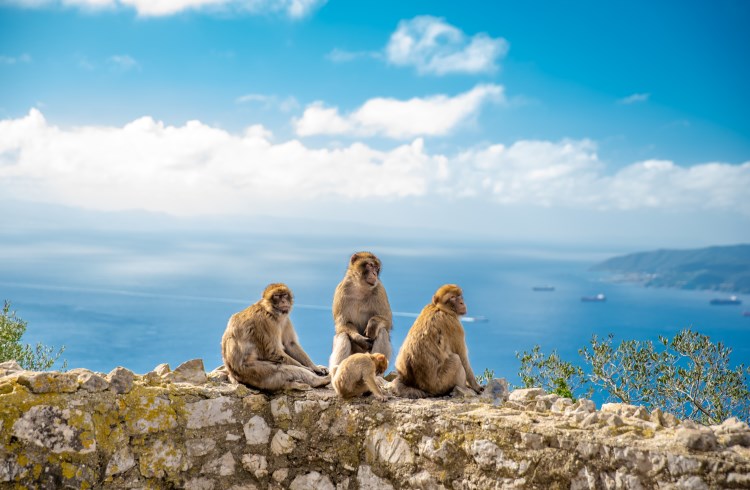
One of Gibraltar’s joyous oddities is being hustled by its semi-wild population of 200-plus Barbary Apes (a species of macaque), the only free-living species of primate in Europe. Don’t feed them, however persuasive they can be, and if you must take photographs, do it quickly – prolonged eye contact is a sign of aggression in many monkeys.
The Rock has been identified as an Important Bird and Biodiversity Area because it acts as a migratory bottleneck for some 2,500 birds of prey that cross the Strait every year, and it supports breeding groups of Barbary partridges and lesser kestrels.
Caves and military defenses
I took a tour of St Michael’s Cave; a network of caves, in fact, known to prehistoric humans (eating utensils and charcoal art have been found there). Long fancied to be connected to Africa by a subterranean passage, the cave has been used as a theatre and venue for concerts since the early 1960s. I can recommend the Lower St Michael’s Cave too, which was discovered during the Second World War and used for ammo storage. Though fully lit, it involves the sort of rope-assisted scrambling that real cave lovers favor, and the rock formations, including an underground lake, are simply awesome in their scale and variety.

Above ground, I paid a visit to the Tower of Homage – the most distinctive feature among the remains of a castle complex built in the 14th century by the Marinid Sultanate, a Berber empire between the 13th and 15th centuries. Then I met my friend to be led around the Rock’s later defenses, the many anti-aircraft batteries, some still sporting their guns, and searchlight emplacements. During WWII, minefields were laid, and strong points established in readiness for Hitler’s plan to capture Gibraltar (codenamed Operation Felix), but it didn’t come to fruition.
Botanic gardens, beaches, and scuba diving
I gave the rest of my time in Gibraltar to pure indulgence. As my friend told me, “Even the shadow of war can darken a man’s soul”, so I took an uplifting stroll in the serenely beautiful Gibraltar Botanic Gardens, which includes an open-air theatre and wildlife conservation park; ordered cod and chips from an excellent Filipino restaurant; went to Sandy Bay, a beach whose orange sand is said to blow in from the Sahara; and went scuba diving. For €120, I got two guided dives, full equipment rental and après-dive beers, and to explore the Camp Bay Conservation Site, where a number of vessels have been purposefully sunk to create an artificial reef to encourage marine diversity.
Trip notes
Easyjet, BA, British Airways and Wizz Air all serve Gibraltar International Airport. If you are driving to Gibraltar from Spain, leave your vehicle in the border town of La Línea. The crossing point is just a five-minute walk from the main bus station there.
Related articles
Simple and flexible travel insurance
You can buy at home or while traveling, and claim online from anywhere in the world. With 150+ adventure activities covered and 24/7 emergency assistance.
Get a quote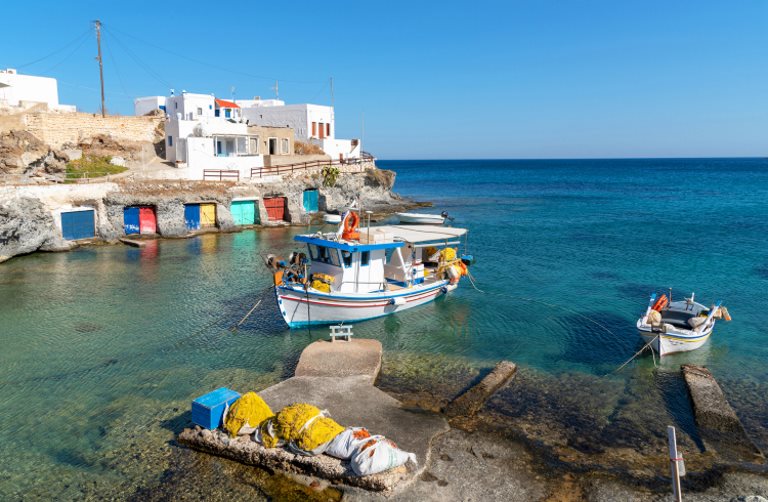
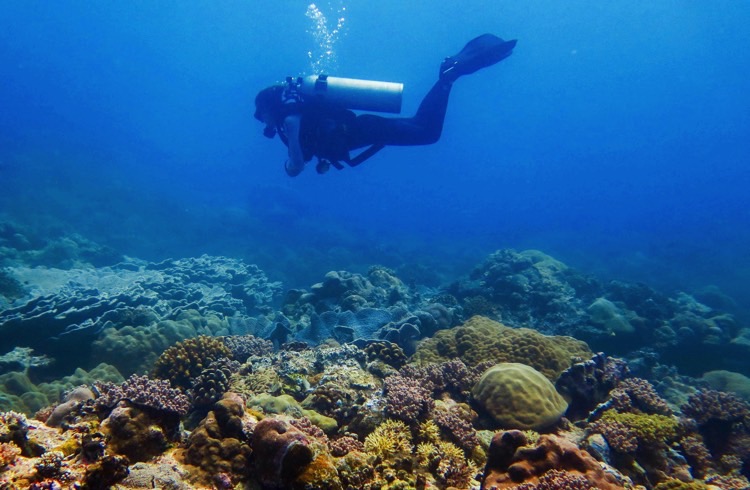
4 Comments
Looking forward to my visit. As it happens Lord Nelson has been a hero of since I was a schoolgirl😏
I travel to gibraltar every 2-3 mths. My daughter lives there. It is beautiful. Plenty going on for everyone. A very warm friendly interesting place. Well worth a visit.
My home for over 50 years, am now back in England - my birth place - to be close to family but oh how I miss Gibraltar. There is nowhere so unique and friendly. Even ‘tho it is small there is always something happening for different age groups, once you visit you will definitely want to return.
We visited Gibraltar two days ago! I have no words to express the impressive view of the rocky mountain, as well as the colorful and friendly town. I will always return with pleasure there!!!